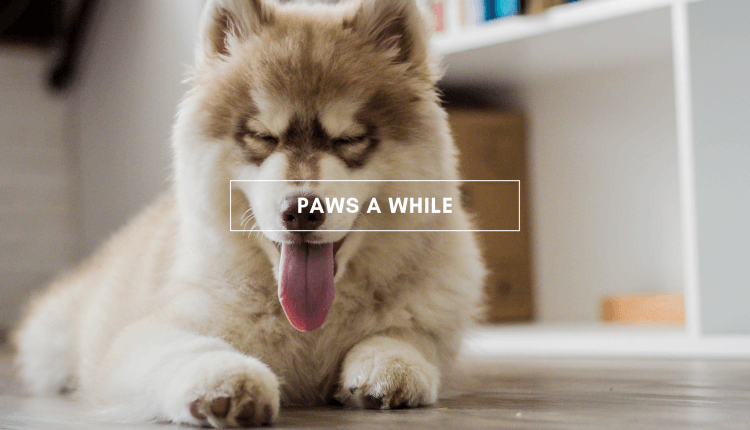Spring is here and it’s time to get the jump on fleas. Have you ever struggled with keeping your pet flea-free? Don’t be alarmed, you’re not the only one. During the warmer months fleas are particularly common. They make our pet’s lives itchy and uncomfortable. The answer to keeping fleas off your pet is simple – prevention.
What are fleas?
Fleas are tiny, dark brown parasitic insects that infest the coat and skin of pets. They can jump up to 150 times their own length, making the transfer of fleas between your pets difficult to prevent. Their remarkable jumping skills also allow them to transit easily from surrounding environments to your pet.
How do I know if my pet has fleas?
One of the first signs of a flea infestation in your pet is itching. On inspection of your pet’s coat, you will likely see one or more fleas moving around on the surface of your pet’s skin. You may also notice tiny black particles that look like dirt; these could be flea droppings. An adult female flea lays an average of 20 to 30 eggs each day.
How do pets get fleas?
Fleas form cocoons which can remain dormant for astonishingly long periods of time and begin to emerge in the warmer months. Fleas inhabit the garden, carpet, and furniture until they are able to hitch a ride on your pet. They jump great distances to find a host and bite both pets and humans.
Why is it important to treat and prevent fleas?
Fleas are the number one cause of skin disease in pets and can cause problems ranging from simple itchiness to weeping sores, scaly skin, and infection. Some animals are allergic to flea bites (a condition known as Flea Allergy Dermatitis), where one bite sets off an auto-immune reaction. All skin conditions require veterinary treatment. Fleas breed at an enormous rate. The fleas you see on your dog represent only 5-10% of the fleas within their environment. The rest of the population is represented in the egg and larval stages found in your carpets, furniture, bedding, and garden.
The lifecycle explained:
Only 5% of fleas live in the environment as an adult and 95% of fleas live as eggs, larvae, or pupae. For effective flea control, it is essential to break the lifecycle in the environment.
Adult Fleas – jump onto your dog or cat, feed on their blood and then start laying eggs.
Eggs – one female lays an average of 30 eggs per day, which drop off into carpets and bedding before hatching.
Larvae – the hatched eggs release larvae which move away from light, deeper into carpets and under furniture before developing into pupae. The larvae feed on organic debris and at this stage can consume tapeworm eggs, allowing them to become an intermediate host for the development of tapeworms.
This lifecycle can take as little as two to three weeks and as long as 12 months. To rid your pet and household from fleas, you must break this cycle.
How do I protect my pet from fleas?
Prevention is the key to flea control. There are many different flea products available to purchase, so choosing the right one for your pet type and age is essential. Preventatives come as ‘spot on’ applications that are easy to use and last three to four weeks or oral tablets that work as an effective ‘birth control’ for fleas, interrupting the lifecycle. It is sometimes necessary to treat both the pet and the environment.
If your pet is scratching or has skin damage, it is best to have them checked by a vet. Our team at Orchard Hills Veterinary Hospital are fully trained in flea management and can assist you in choosing the product most suitable for your pet.
Please feel free to pop in anytime and meet the team at Orchard Hills Veterinary Hospital. For more information check out our Facebook, website www.orchardhillsvet.com.au , Instagram @orchardhillsvethospitalgrooms or call 02 4736 2027.
Article Written + Submitted by: Kellie Tickner from Orchard Hills Veterinary Hospital
A: 49-63 Wentworth Rd, Orchard Hills P: 4736 2027

